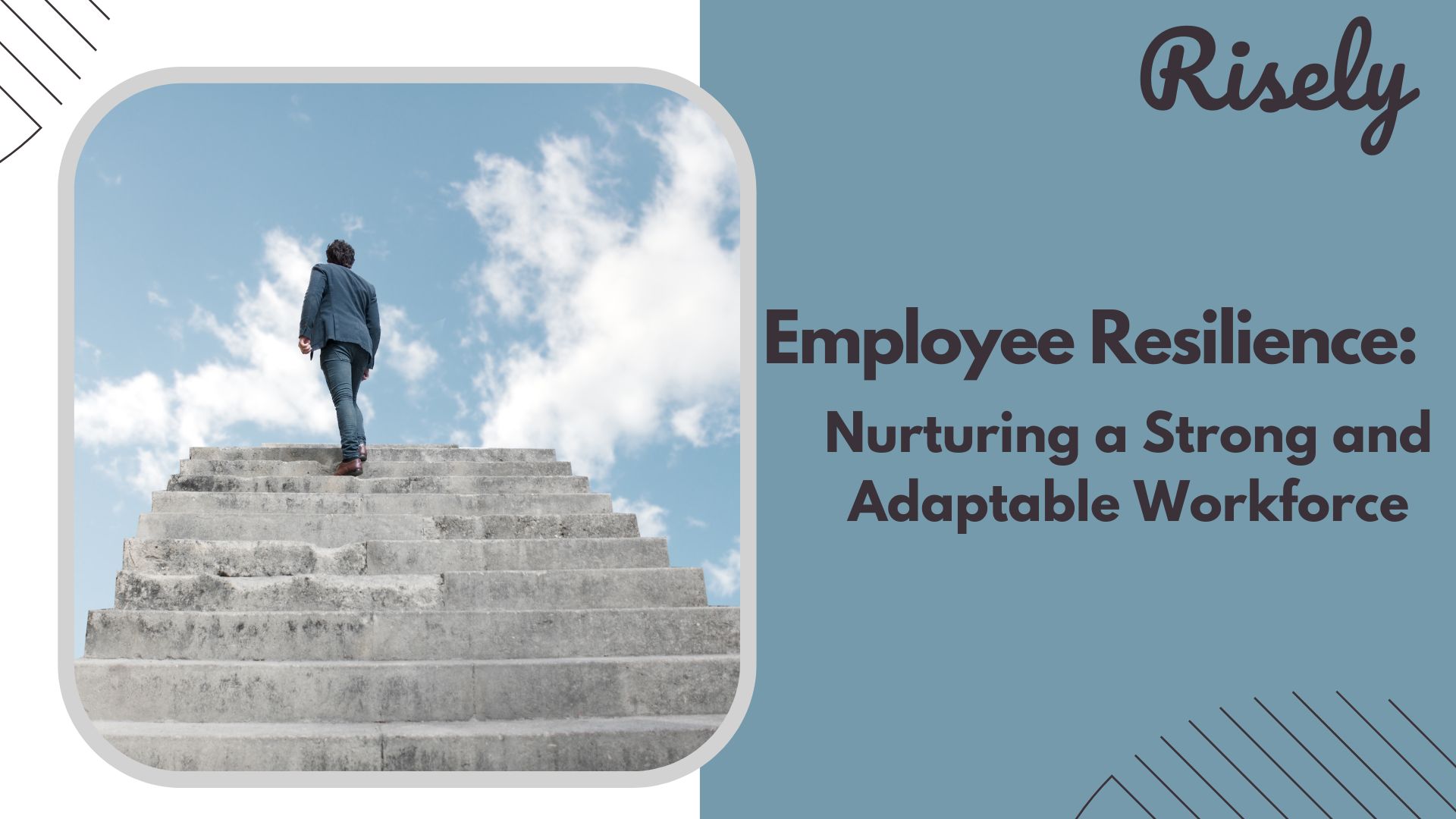Communication

Crafting an Effective Performance Review Plan: A Step-by-Step Guide
Crafting an Effective Performance Review Plan: A Step-by-Step Guide Performance review plans are the cornerstone of effective talent management within teams. In today’s dynamic and competitive business landscape, fostering employee growth and aligning their efforts with team goals has become … Read More
Tags: Active Listening, Communication, Leadership, Managers

7 Proven Ways to Master Active Listening for Managers (With Examples)
7 Proven Ways to Master Active Listening for Managers (With Examples) You deliver a brilliant presentation, overflowing with ideas, only to be met with blank stares or confused questions. You rack your brain – did your message get lost in … Read More

9 Workplace Communication Problems: How Can Managers Beat Them?
Communication is one of the critical components of teamwork. It allows individuals to share ideas and feedback, build relationships, and cooperate effectively. Unfortunately, communication problems in the workplace can hamper managerial efficiency and impede team productivity. To help you overcome … Read More

Bullying managers and How to identify one? 10 signs
Does someone in your workplace bully others? If so, it’s vital to take action and stop the bullying before it gets worse. However, as a manager or a leader, it becomes crucial to keep a check on your habits too. … Read More

7 Ways to Handle an Employee Playing the Victim Card
Conflicts are part and parcel of working with teams. A slight amount of healthy competition even adds to the spirits. However, conflict management can quickly become tedious for managers, especially when dealing with employees who always insist on playing the … Read More

5 Primary Coaching Skills for Managers and How to Develop Them
5 Primary Coaching Skills for Managers and How to Develop Them Picture this: you’ve landed that coveted manager title, team brimming with potential at your fingertips. Now comes the real challenge – guiding them to reach their full potential and … Read More

Autonomy In The Workplace: 5 Tips to Strike the Balance as a Manager
Giving autonomy in the workplace can be either a pro or a con and often depends on the individual. As managers, it’s our responsibility to provide our employees with the right tools and resources to achieve their goals. The end … Read More

Employee Resilience: Nurturing a Strong and Adaptable Workforce
Employee Resilience: Nurturing a Strong and Adaptable Workforce Employees face challenges, uncertainties, and unexpected hurdles in a fast-paced and ever-changing work environment. The modern workplace can be a pressure cooker for even the most talented professionals, whether adapting to new … Read More

The Ultimate Guide to Managing Client Relationship for Business Success
The Ultimate Guide to Managing Client Relationship for Business Success In the dynamic business world, the key to sustained success lies in the products or services we offer and the strength of the relationships we build with our clients. As … Read More

Lifelong Learning for Professionals: Navigating Learning Opportunities at Work
Lifelong Learning for Professionals: Navigating Learning Opportunities at Work In today’s ever-evolving business, the adage “knowledge is power” has never held more truth. As organizations strive to remain competitive and agile, the key to success lies in unlocking the potential … Read More
Tags: Communication, Inspire, Managers

8 Problems of Delegation that Hold You Back: How to Overcome Them?
What is one of the most critical and challenging parts of the managerial role? I think every manager will agree that allocating and delegating tasks is the most challenging task, hands down. When you, as a manager, can delegate the … Read More

Adaptability In The Workplace: 7 Examples For Managers
In the early 2000s, Netflix, a now leading brand and employer, faced a peculiar challenge. The streaming era was a big red flag for a company that envisioned itself as a DVD rental-by-mail service. But things turned around because Netflix … Read More

7 Principles of Effective Communication in the Workplace
Communication often goes unnoticed. So often, we are sharing something without realizing it. Yet, some things remain constant. For instance, if your colleague approaches you to talk about work without knowing what they want, you would be annoyed quickly. But, … Read More

How To Improve Analytical Skills As A Manager?
How To Improve Analytical Skills As A Manager? Managers are instrumental for any organization. Their best feature is their numerous skills that add rationality and balance to countless decisions. But, at times, even managers can face trouble. Their own biases … Read More

Looking for Personal Growth as a Manager? Here are the Top 10 Tactics
Looking for Personal Growth as a Manager? Here are the Top 10 Tactics Managers are responsible for the success of their teams, and their own personal growth is essential to ensuring that they can lead effectively. Many managers struggle with … Read More
